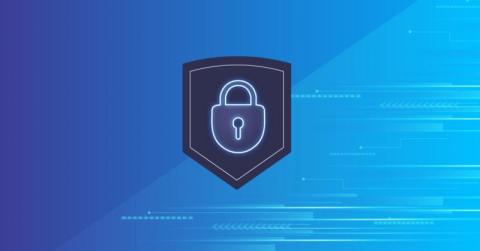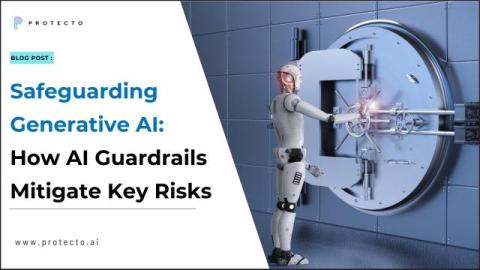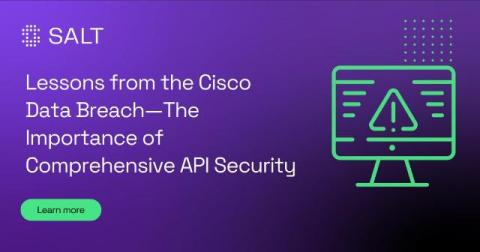Top 5 SAST Auto-fixing Tools and How They Compare
7 hours. That’s how long, on average, a developer takes to remediate a security issue in their code. Vulnerability detection is improving rapidly and scaling, but remediating security risks is still a tedious, time-consuming process that takes developers away from their core work. And now, with AI-generated code introducing vulnerabilities at greater speed and volume than ever before, remediation is taking even more time.











